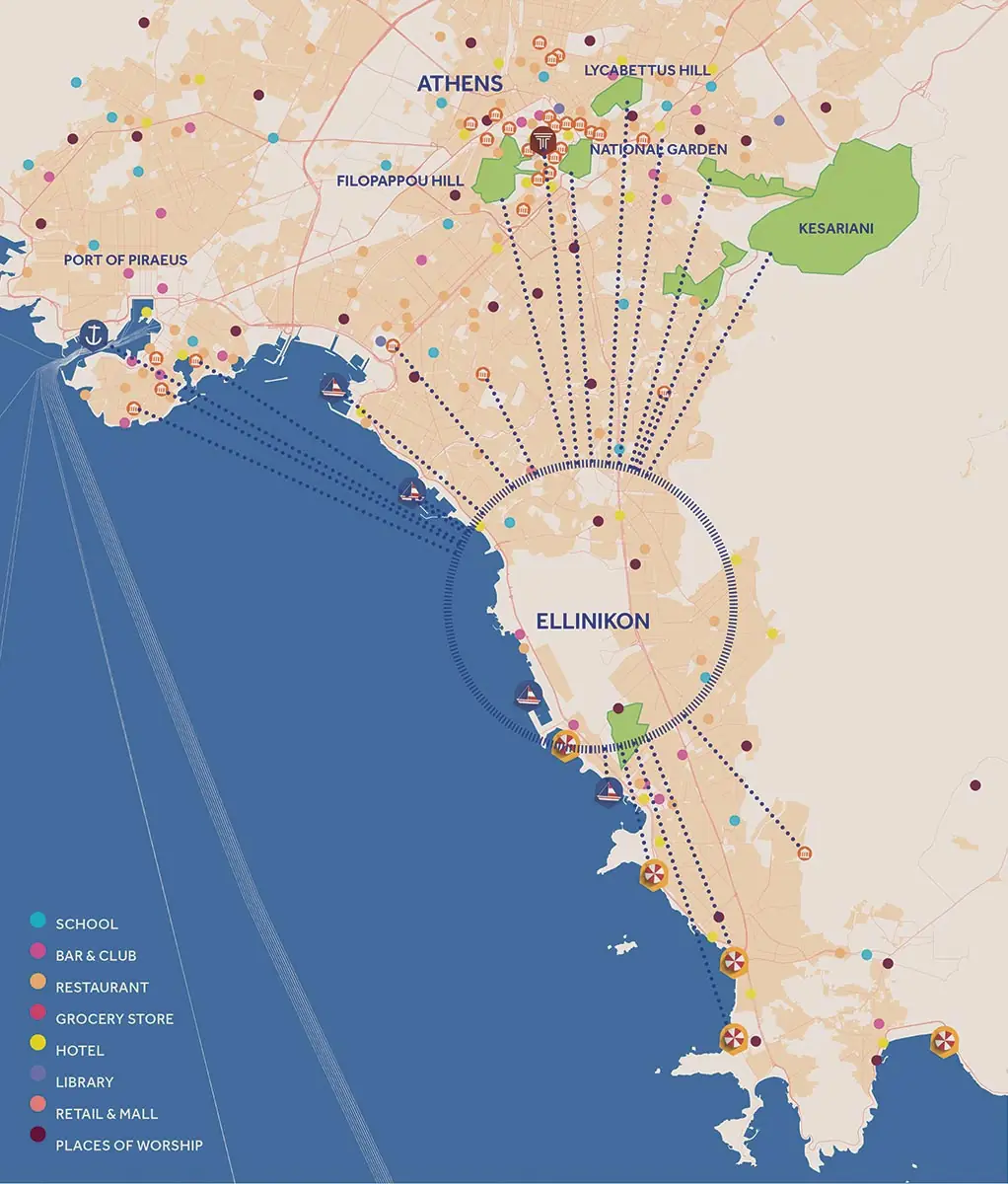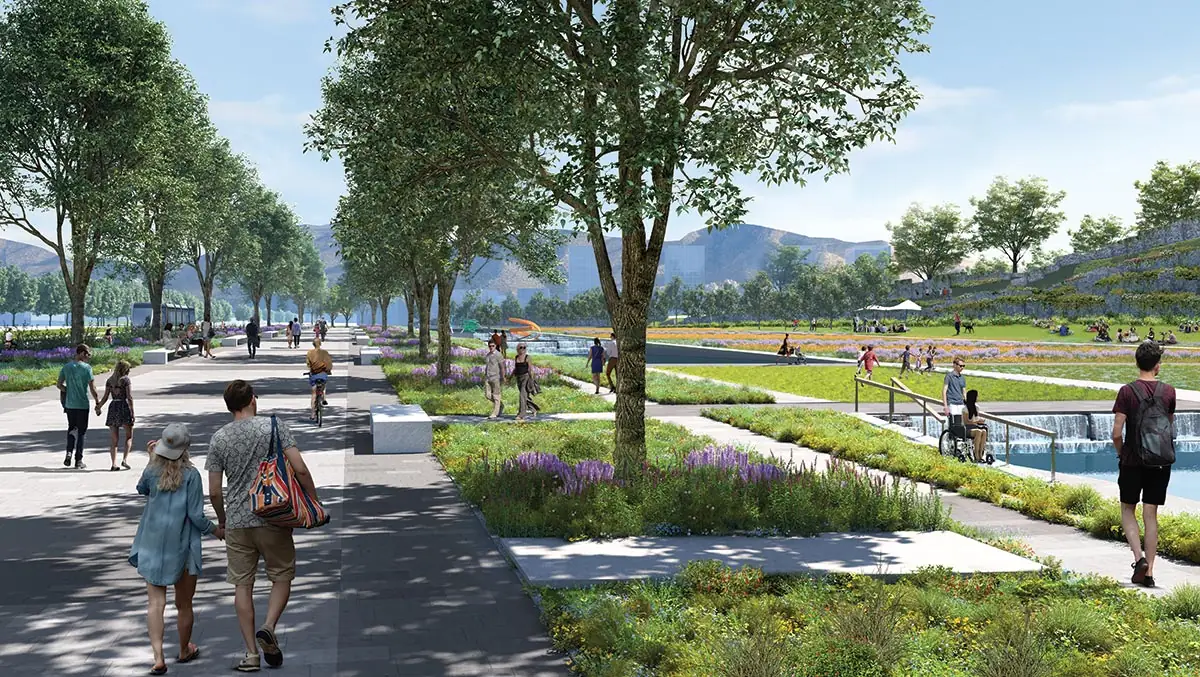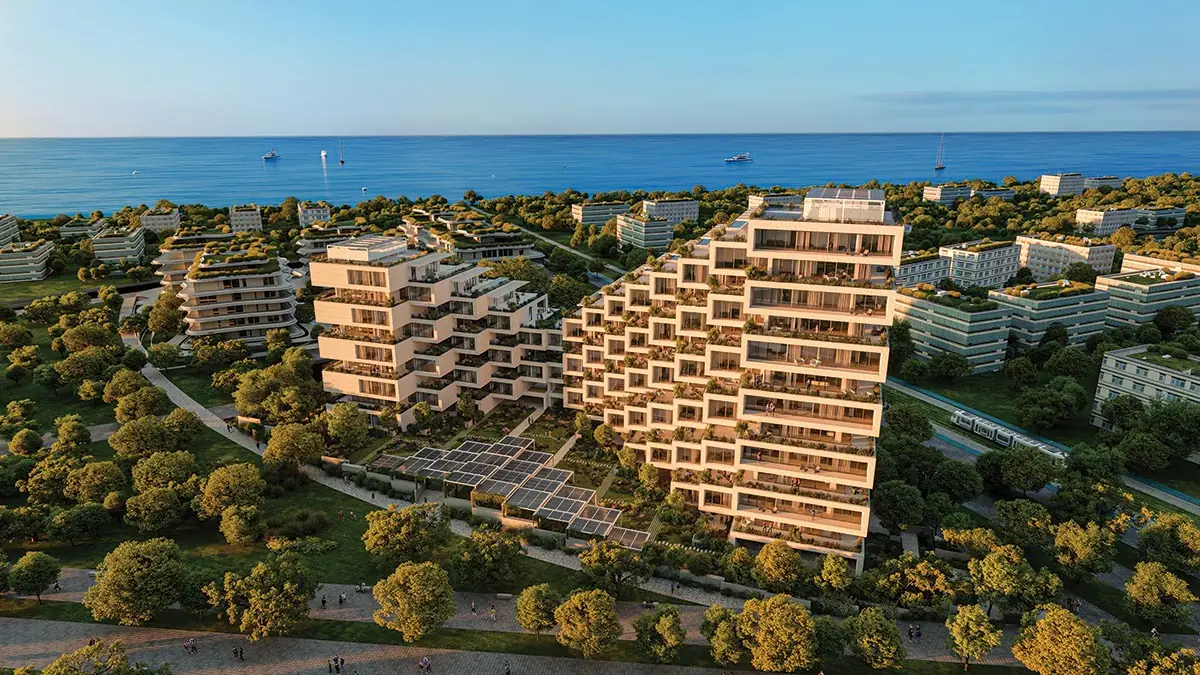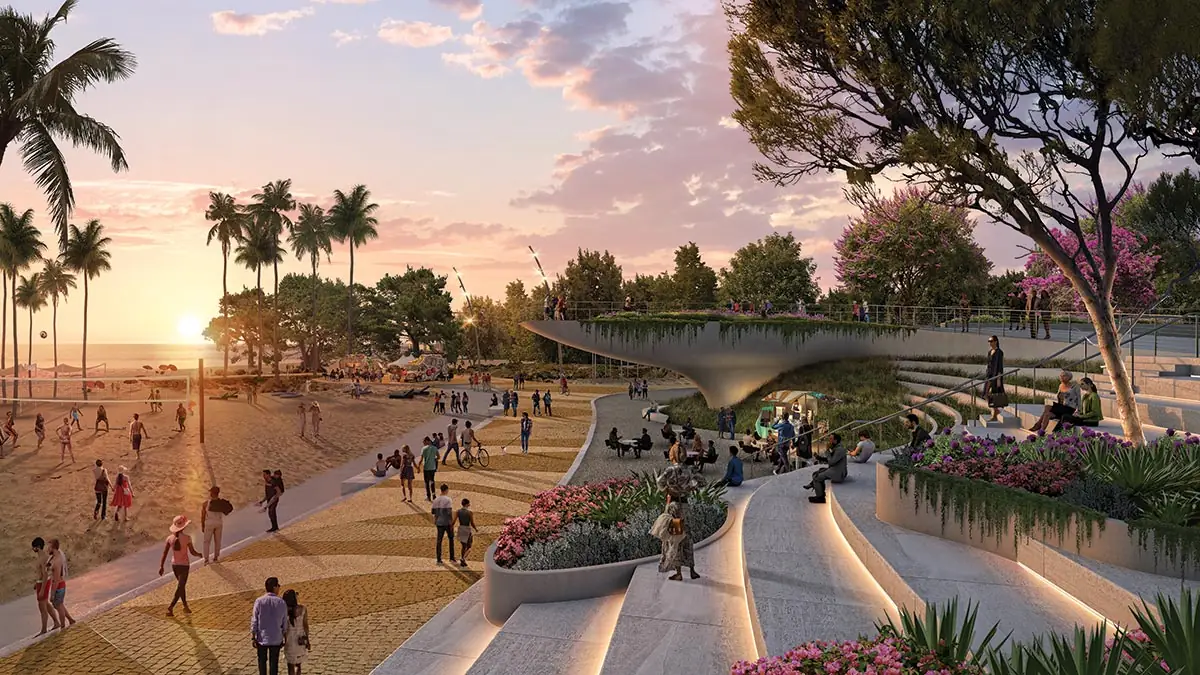When it opened, in 1938, Kalamaki Airfield, as it was then known, stretched out between the Aegean Sea and the countryside of East Attica, five miles south of central Athens. By the time it closed, in 2001, Ellinikon International Airport, as it had become, was in the middle of the city, engulfed by an ocean of apartment buildings. Operating at well over capacity and unable to expand, it was replaced by Athens International Airport Eleftherios Venizelos, which entered service in anticipation of the 2004 summer Olympics. After closure, in preparation for the games, the section of the disused airport nearest the city center was converted into sports facilities—the grass between runways became hockey, baseball, and softball fields, the aircraft-repair hangar transformed into a basket- and handball arena, while a whitewater course for canoe and kayak slaloming was dug where cargo services once operated. But, following the Olympics, the sports facilities were abandoned, after which the 2008 financial crash and the ensuing Greek government-debt crisis saw to it that the future of the 1,500-acre site would hang in the balance for well over a decade.
All of that changed in 2020 when demolition work began as part of a 25-year redevelopment program, master-planned by Foster + Partners, that will see Ellinikon become a new residential neighborhood, coastal resort, and 600-acre park. “The largest urban regeneration project in Europe,” according to Lamda Development, the Greek real-estate company behind the estimated-$8 billion scheme, it will include thousands of new homes, upmarket shopping malls and hotels, a business park, sports facilities, a mega-yacht marina, and other leisure destinations such as a cultural center in Eero Saarinen’s East Terminal building (1960–69), one of several airport structures that will be preserved and repurposed. In 2021, in a shrewd marketing move, Lamda opened the Ellinikon Experience Park, a tiny chunk of the much bigger Ellinikon Metropolitan Park (slated for completion in 2030), as well as a giant visitor-information center inside the renovated Air Force Hangar C (one of three hangars at Ellinikon landmarked by the Greek culture ministry).

1

2
South of central Athens, the Ellinikon Park development (1) will replace a disused airport with a residential area, coastal resort, and 600-acre park (2 & 3). Images courtesy Sasaki, click to enlarge.

3
Today, as depollution and infrastructure works continue, ground has broken on Foster + Partners’ Riviera Tower—one of two waterfront skyscrapers planned for Ellinikon—which, at 650 feet, is set to become Greece’s tallest building when the luxury residential complex completes in 2026. In its shadow, next to the marina, Kengo Kuma’s wave-canopied Riviera Galleria, “the finest luxury retail and leisure development in Athens” according to Lamda’s promotional blurb, will follow at an as-yet-unspecified date. Just inland, and therefore slightly down-market, the recently announced Little Athens, one of the Ellinikon’s new residential neighborhoods, will consist mostly of 66-foot-high apartment buildings as well as a handful at 164-feet-high, one of which, the BIG-designed Park Rise, will form the sector’s centerpiece with a “concave facade [that] creatively reimagines the classic Greek column.”

The BIG-designed Park Rise will be at the heart of one residential sector. Image courtesy of Bjarke Ingels Group
In a low-wage Greece, where the economic situation remains precarious and young Athenian families have great difficulty buying homes, the Ellinikon project has been criticized for catering only to the rich foreigners who will be able to afford its upscale living. In response, the project’s backers stress the need for overseas investment and the jobs that the development will create. But the cash-strapped Greek authorities can perhaps claim one unalloyed victory, namely that so much of the Ellinikon site has been earmarked for parkland. In a city notoriously lacking public parks—Athens comes second to last in the European Environment Agency’s ranking of urban green space and tree cover in the continent’s capitals, and its densely built neighborhoods already broil in average July temperatures of 91 degrees Fahrenheit—a huge green lung has the potential to make a palpable and lasting difference. According to American landscape architects Sasaki, who are masterminding the park, it will not only increase the allocation of open space per inhabitant by 44 percent but will also “have a significant impact on Athens from a climate perspective.”

A beachfront promenade is also part of the plan. Image courtesy Sasaki
As commercial passenger aviation passes its centenary, Ellinikon joins a growing number of obsolete airfields—among them Berlin’s Tempelhof, Quito’s Mariscal Sucre, Shanghai’s Longhua, and two former airports in the Taiwanese city of Taichung—that have been wholly or partly repurposed as public parks. But this is perhaps the first time that such care will have been taken to make the project as low-carbon as possible. Besides recycling all demolished concrete and using the Olympic whitewater course as an ornamental lake, to be filled with stormwater, Sasaki plans to pile up chunks of marble-aggregate runway to form a fountain of concrete menhirs that will be fed, like the park’s irrigation system, with treated wastewater. Thirty percent of the park is planned for higher-maintenance frequent human-contact use, while the remainder will be landscaped so as to reestablish local Mediterranean ecosystems. Setting “a new standard for ecological restoration,” the park will “resonate for the next 1,000 years,” claims Sasaki.





